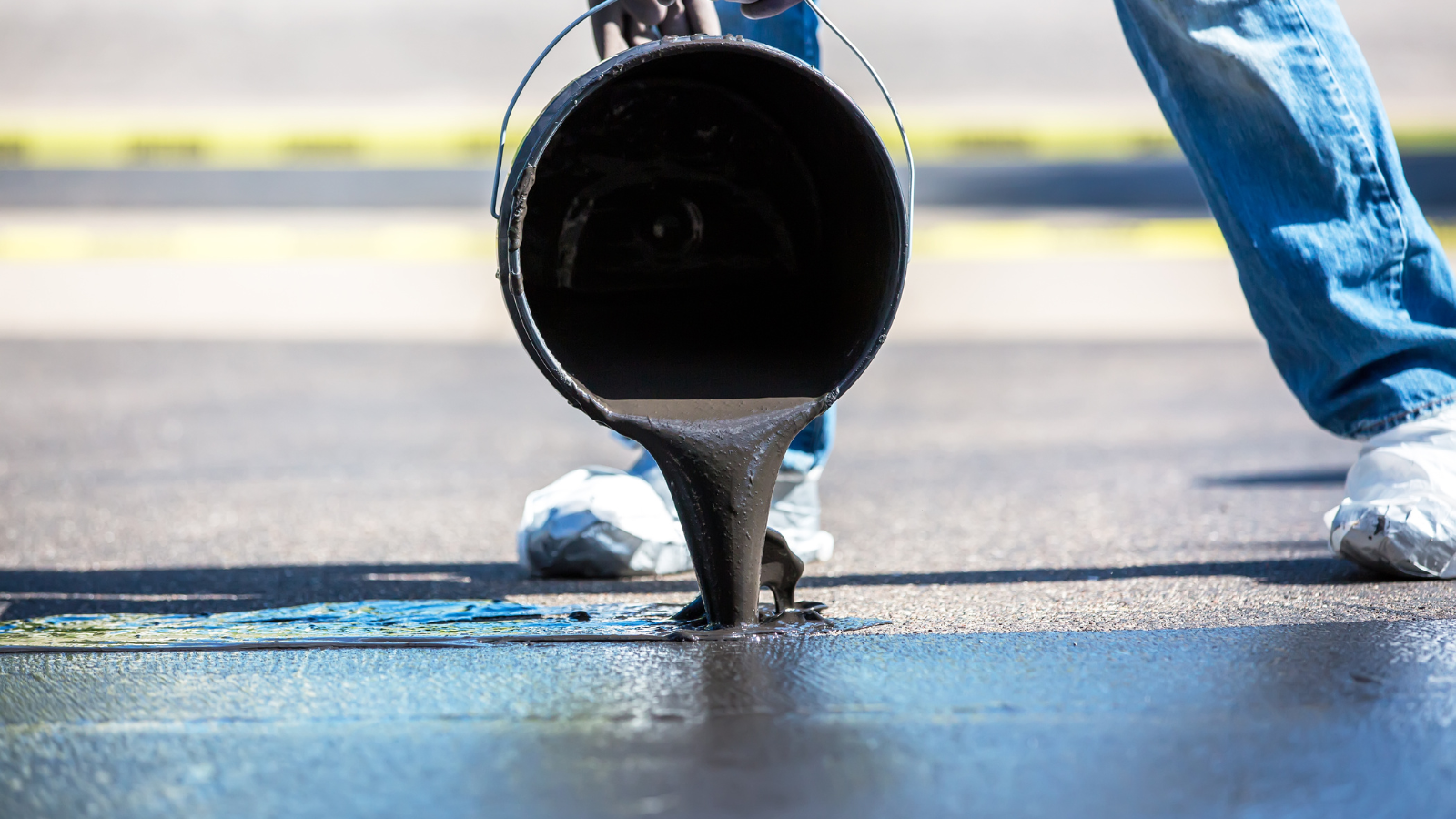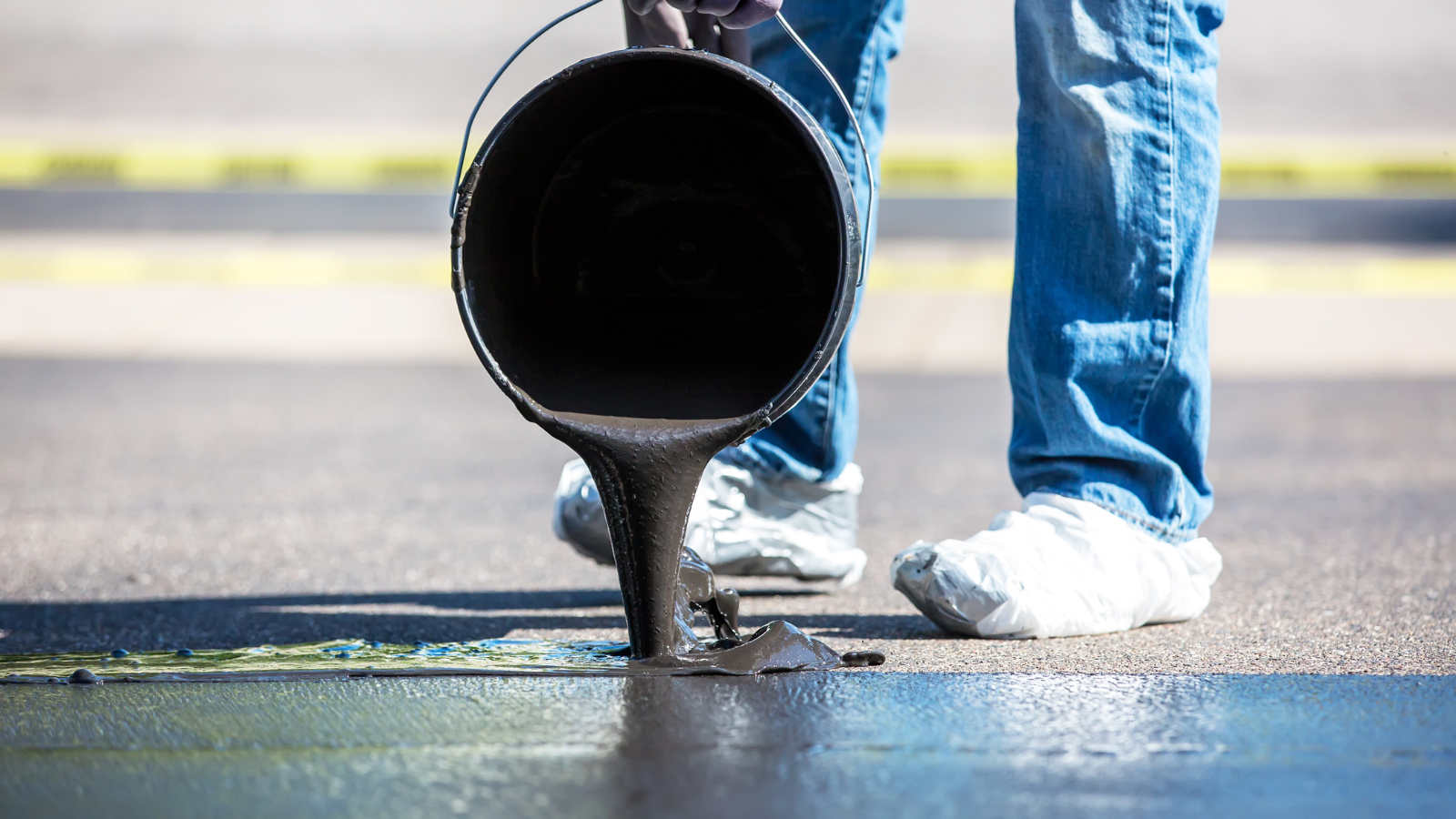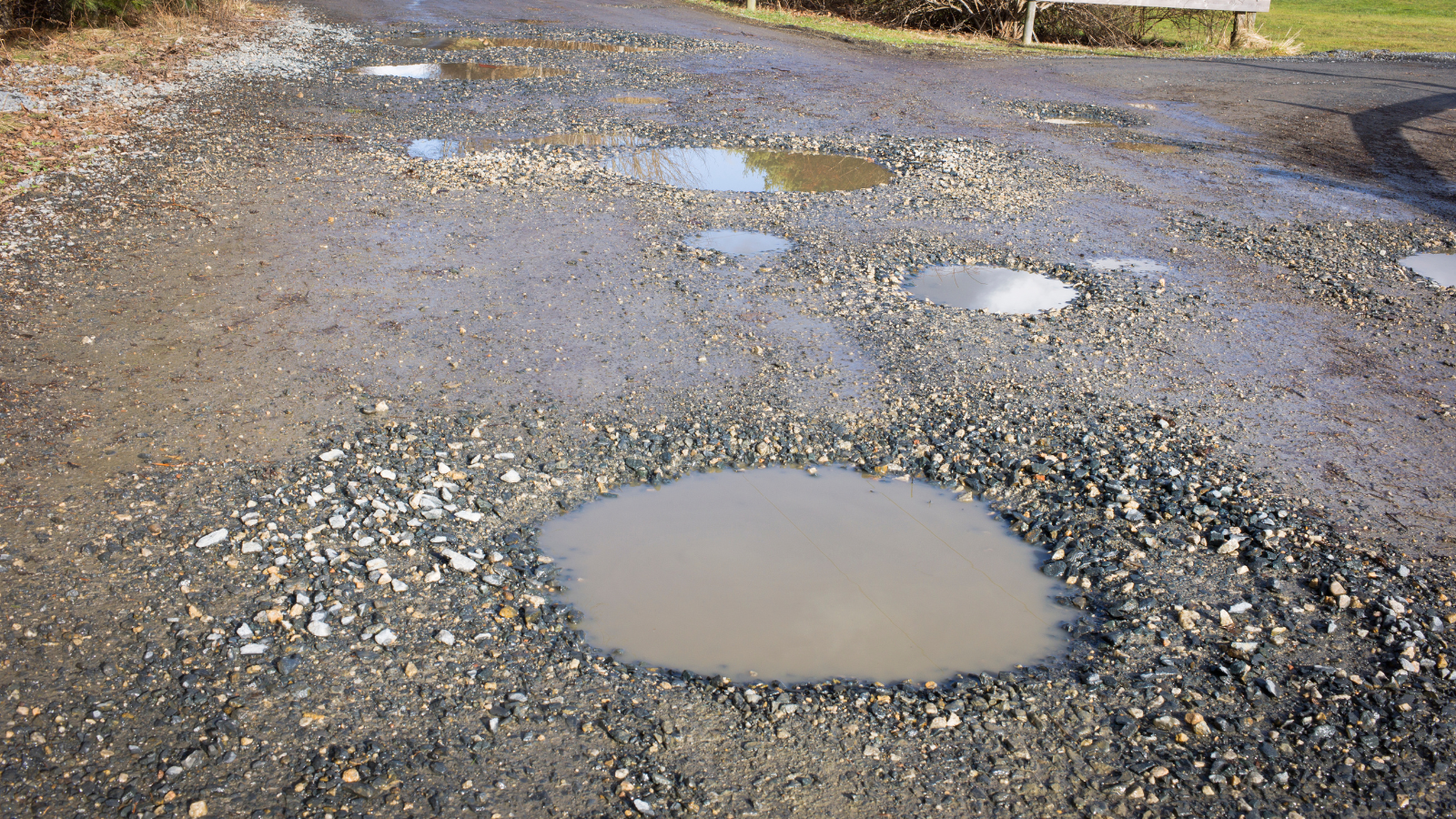Seal coating is a crucial process for maintaining and extending the life of asphalt surfaces. Seal coating protects against wear and tear, weather damage, and the elements, ensuring a smooth, appealing, and durable surface, whether it’s your driveway, parking lot, or any other asphalt area. To find out more, see this blog post. how to detailed methodology and step-by-step seal coating process.
Choosing the appropriate firm for pavement maintenance can be a daunting task. Elizabeth Paving, a leader in asphalt repair and resurfacing, can rejuvenate your asphalt parking lot, road, sidewalk, or other paved surfaces. For efficient and reasonably priced service, contact Elizabeth Paving in New Jersey for your spring pavement maintenance needs.
What Is Seal Coating?
Applying a protective coating is known as seal coating. layer over asphalt pavement to safeguard it from the damaging effects of water, oil, UV rays, and chemicals. This protective coating enhances the appearance of the asphalt, making it look new, and prolongs by preventing the formation of cracks and potholes, extending its lifespan.
What Is the Sealcoating Process?
The seal coating process involves several critical steps to ensure the asphalt surface is adequately prepared, sealed, and maintained. It includes surface preparation, crack sealing, application methods (spray, squeegee, or brush), curing, and post-application maintenance.
The Methodology of Seal Coating
The methodology behind seal coating focuses on erecting a defense against liquids, oils, and other substances that can deteriorate asphalt. It involves cleaning the surface, filling cracks, distributing the sealant evenly and giving it time to dry correctly.
The Five-Step Process of Seal Coating Your Asphalt Surface
Here’s a detailed look at the five-step process for seal coating your asphalt surface:
1. Surface Preparation
Surface preparation is the foundation of a successful seal coating project. This step involves:
- Cleaning: Removing dirt, debris, and vegetation from the asphalt surface using brooms, blowers, or pressure washers.
- Power Washing: A power washer ensures deep cleaning for heavily soiled areas.
- Oil Spot Treatment: Treating oil spots with a primer ensures the sealant adheres appropriately.
- Drying: Allowing the surface to dry completely before proceeding to the next step.
2. Crack Sealing
Crack sealing is crucial to prevent water from penetrating the asphalt and causing further damage. This step includes:
- Inspection: Identifying and assessing all cracks and potholes.
- Cleaning Cracks: Remove any debris from the cracks using high-pressure air or a crack-cleaning machine.
- Filling Cracks: Applying a hot or cold rubberized crack filler to seal the cracks and level the surface.
3. Application Methods
There are three primary methods for applying seal coat: spray, squeegee, or brush. Each method has its advantages:
- Spray: Ideal for large areas, providing a uniform and smooth application. It’s quick and efficient but may require multiple coats.
- Squeegee: This tool offers a thicker application, perfect for surfaces with minor imperfections. It ensures deep penetration of the sealant.
- Brush: Best for small areas or detailed work, ensuring precise application around edges and obstacles.
4. Curing
Curing is the process where the sealant dries and hardens. This step is crucial for the durability and longevity of the seal coat:
- Drying Time: Typically, the seal coat cures completely in 24 to 48 hours. The exact time depends on weather conditions such as temperature and humidity.
- Traffic Restriction: Keep traffic off the sealed surface during curing to prevent damage.
5. Post-Application Maintenance
Maintaining the seal-coated surface is essential for long-term protection. This step involves:
- Regular Cleaning: Sweeping and washing the surface to remove debris and prevent staining.
- Periodic Inspections: Check for new cracks or damage and address them promptly.
- Reapplication: Depending on traffic and weather conditions, reapply the seal coat every 2-3 years to maintain optimal protection.
Conclusion
Seal coating is an essential maintenance task for any asphalt surface. By following this comprehensive five-step process—surface preparation, crack sealing, application, curing, and post-application maintenance—you can significantly extend the life of your asphalt, enhance its appearance, and protect it from the elements. Investing in seal coating saves money in the long run by preventing costly repairs and ensures a safe and attractive surface for years to come.







